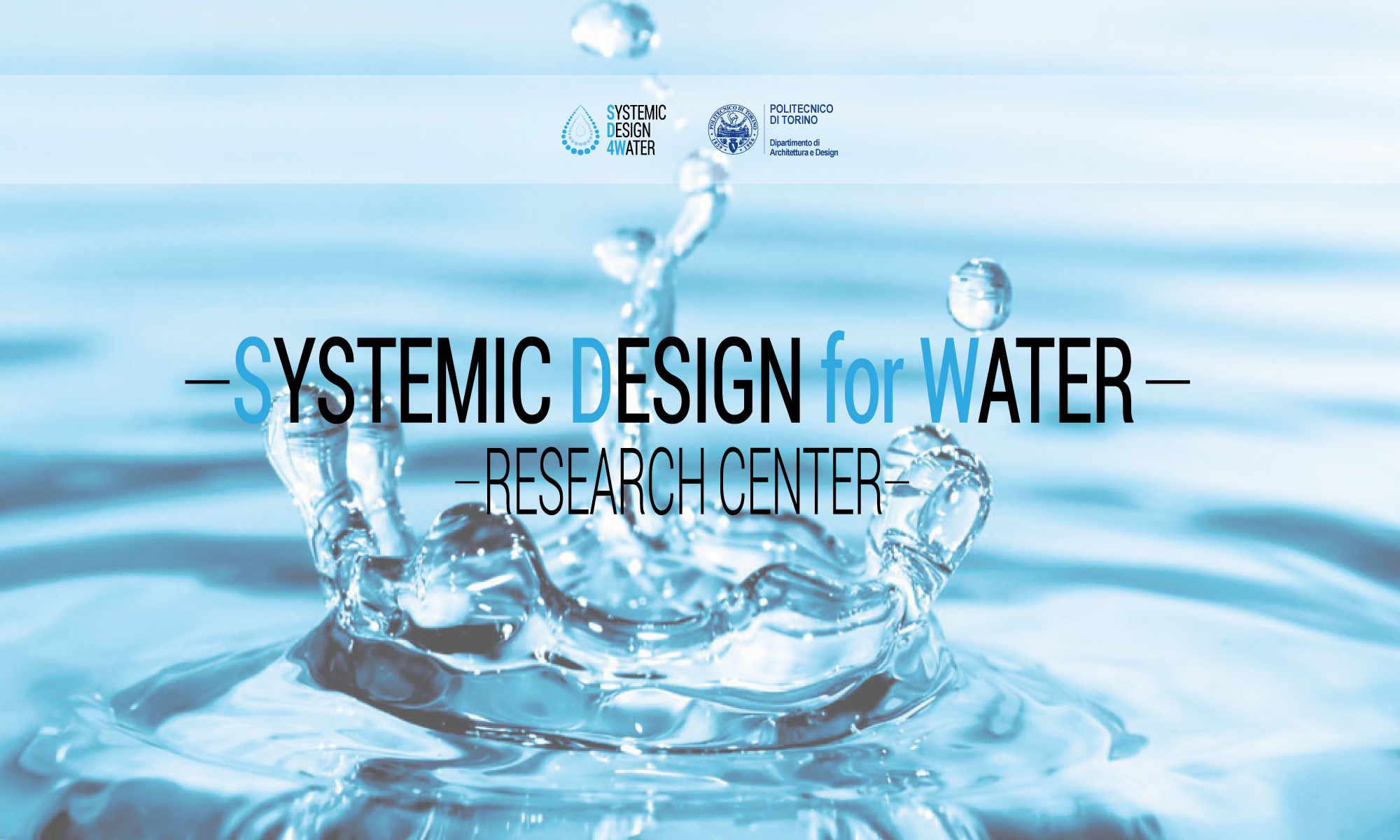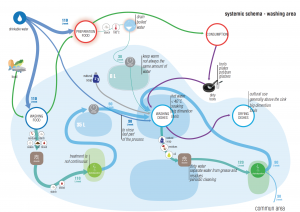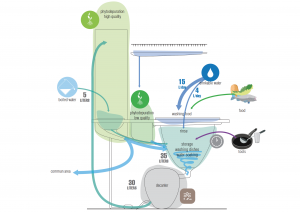_TERVE KOTI_

TERVE KOTI_Helsinki Kitchen System
The economic system in which we live has progressively altered the relationships between energy and human resources. At the same time, the impact of inustrial production has grown exponentially. With the methodology learned from the Master Degree in Ecodesign, we try not only to develop the product form, but also to change the production methods and especially the way of thinking of the user in favor of a more sustainable development. With this project we wanted to investigate the cultural aspects of the Helsinki population, capturing the housing problems that are offered by the globalized model. Starting from the scenario analysis we tried to analyze what the area and the sourrinding area of Helsinki have to offer. For the potential of a territory, all intrinsic characteristics are unexploited or unintended. By exploiting these characteristics it is attempted to imagine a self-purring home, which tended to self-restraint. Builidings are increasingly being designed and constructed following stringent energy efficiency classes. This attention to heat retention rather than noise is contradictory when taking into account that 100% of the water resource is used indifferently always drinking and wich, after its use, is considered a waste. This research pays particular attention to water, often used indiscriminately in areas that require water of different quality, but which is always used in its purest form. For this reason, an important aspect of this research is the relationship between man, his lifestyle and nature. By observing the water and air cycles with their self-destructive and convective motions, as well as taking into account local resources and local climate, there may be unimaginable solutions to the system we are used to living in. In particular, Terve Koti takes into consideration the typical apartment of Helsinki ans wants to try to make the interior with the outside, the materials with the knowledge and habits. It has been attempted to make autonomous living space maximizing the necessary resources (inputs) and reducing outputs.
– Research TEAM –
Coordinator: Luigi Bistagnino
Researcher: Federico Solinas
– YEAR –
2014-2015




